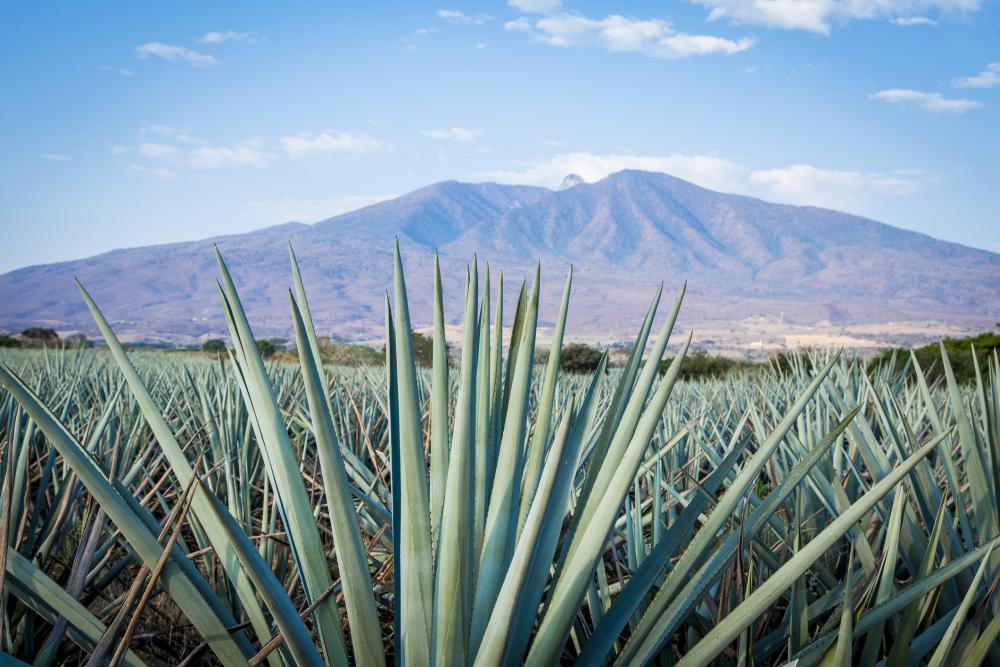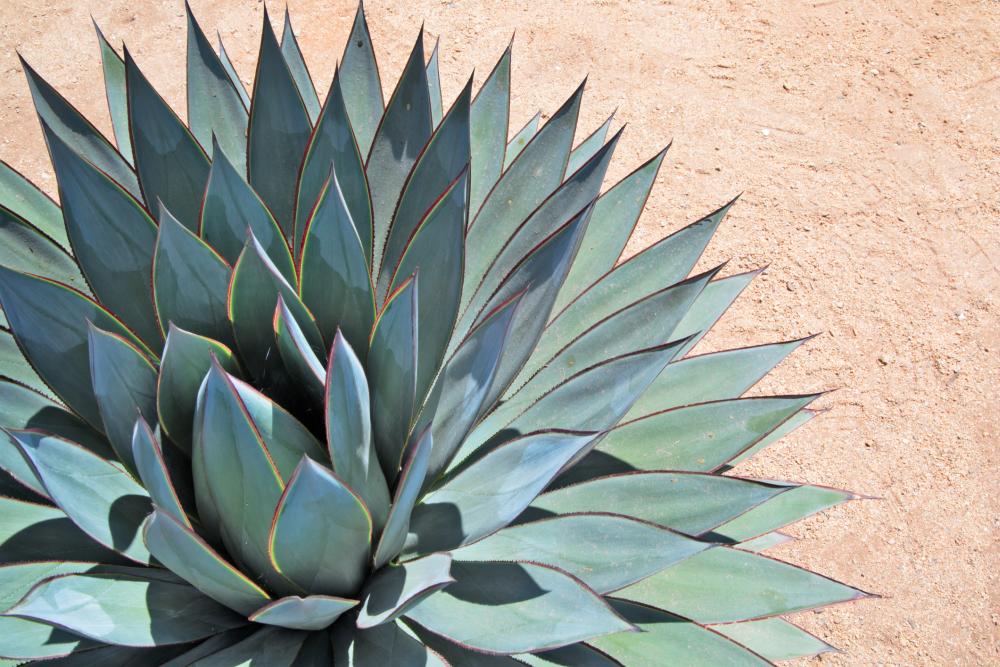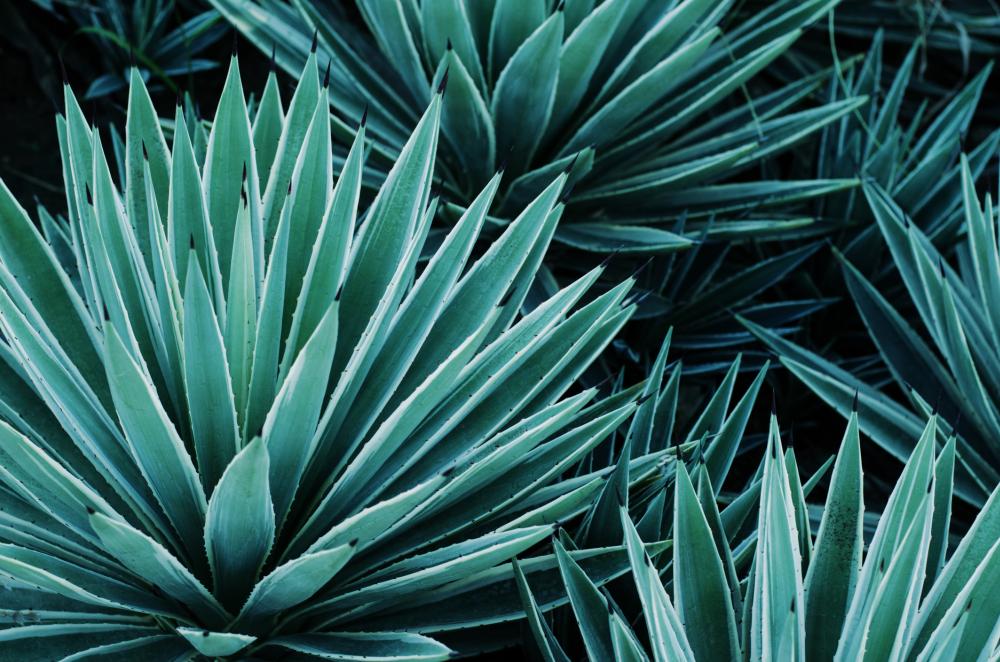Agave Growing Problems And What You Can Do About Them
Most succulents have a common set of problems. But the agave growing problems are rather unique for that plant. For a hardy plant that grows mainly in the desert, one would expect the agave to give you as few growing issues as possible.
But due to the change of habitat and different growing conditions, the plant sometimes succumbs to different diseases. Moreover, the fact that most gardens are magnets to pests that don’t exist in the desert, agave growing problems can get complicated at times.
To simplify your life with the agave succulent, we have put together a list of the top 6 problems you might come across and what you can do about them.
Potted Agave Care
The easiest way to grow agave is to plant it in the garden and let it feed off the nutritions in the soil, and enjoy the natural sunlight. But sometimes, you’ll need to grow agave in a container. Harsh cold winters and excessive frost occurrences are just two reasons you’d want to keep your succulent mobile so that you can winterize it indoors.
But growing a potted agave entails some unforeseen care problems. From repotting to adjusting your water quota and frequency of watering based on the size of the container and the season. Not to mention that keeping the succulent indoors cuts down on its sunlight intake, which can be detrimental to the plant’s health and growth rates.
How to Fix It
Unlike other plants growing in containers, agave doesn’t mind being root-bound. Even when the plant outgrows its container, and the roots come out of the drainage holes at the bottom, it will still not show signs of stress. But other problems might show up, and caring for a potted agave has to be mindful of the following considerations.
- Make sure the soil or potting mix drains well but dries slowly. You can use a succulent potting mix that retains moisture better without being waterlogged.
- Line up the bottom of the container with medium-size gravel that doesn’t block the drainage holes and acts as a buffer between the potting mix and the bottom of the pot.
- When repotting the plant, make sure the crown is above the soil line to prevent crown rot, a common agave problem that we expand on later.
- Place the container on a window sill facing the west or south and gets about 6 to 8 hours of sunlight a day during the growing season.
- Water the plant regularly but allow the top half of the soil to go completely dry before watering again.
- Feed the potted agave with a balanced liquid fertilizer twice a year in the spring and summer.
Agave Snout Weevil
As a gardener, you must have had many encounters with the detested weevil. But what is the agave snout weevil, and what has it got to do with the agave succulent? As the name suggests, the agave snout weevil is a weevil with a long nose that dangles in front of its face like the trunk of an elephant. Its whole life cycle is centered around the agave plant.
When the adult female agave snout weevil wants to lay its eggs, it picks an old or sickly agave and bites the center of the rosette to deposit the eggs. The bite alone injects millions of bacteria into the heart of the agave, which causes infections. Once the eggs hatch, the larvae spread more diseases and damage by chewing at the heart of the agave. They keep at it until they sever the leaves from the center of the rosette.
By the time they’re done, the larvae leave behind a mushy center that is totally rotted and leaves scattered around the agave. So what the adult agave snout weevil starts, the larvae will finish with their persistence.
How to Fix It
Needless to say, agave snout weevil attacks agave plants growing outdoors and not those you keep as houseplants. So most pesticides that target this pest are for outdoor agave plants. The most effective pesticide is Triazanon. You can get it at the local nursery where you bought the agave plant from. It comes in granular form, and you need to get the granules as close to the roots as possible. The roots will absorb the diluted pesticide with the moisture in the soil and send it up to the heart of the agave.
When the adult female snout weevil bites the heart of the succulent to lay its eggs, it will die on the spot. You’ll need to apply it once a month during the spring and summer.
Another way to combat the insect is by using sprays. But since the agave snout weevil has a thick shield on its back, most sprays fail to penetrate that outer shell, and the insect will go about its business unbothered.
Agave Crown Rot
The crown of the agave is the part of the succulent that connects the roots to the leaves. In most cases, you’d want that crown to be above the soil to avoid rotting as a result of being in contact with wet soil for a long time. In fact, moisture is the number one culprit behind agave crown rot.
That moisture could come from above if you tend to water the succulent from above. A few drops of water that fall into the heart of the rosette can be enough to cause crown rot. Other times, the destructive effects of the agave snout weevil might start the crown rot chain reaction that ends with the demise of the whole plant.
Symptoms of agave crown rot include gray lesions, gray or black leaves, and spreading rot that starts at the heart of the rosette and consumes the rest of the succulent. A by-product of the crown rot and the infections might be red-orange fungal growths that contain fungal spores. When they explode, they spread the spores every which way and infect plants near the infected agave.
How to Fix It
In most cases, agave crown rot can be prevented and even fixed if you keep a vigilant eye on the plant and inspect the heart of the rosette regularly. Here are a few steps and tips to keep your agave healthy and prevent agave crown rot.
- It’s good practice to solarize the soil before planting agave succulents. This helps kill any pathogens lurking in the soil.
- Always look for signs of chewings in the heart of the succulent during the late spring and summer. If you find the signs, apply a pesticide to eliminate the agave snout weevil and its eggs before they hatch.
- Spray neem oil and fungal sprays to get rid of any infections caused by the agave snout weevil biting the heart of the rosette.
- Cut off any leaves that have chew marks on them since they might be infected with pathogens that would spread to the rest of the plant.
- If the crown rot has taken over the plant, you have no other choice but to dig up the whole plant and get rid of it safely. Burning the infected plant is usually the safest method of disposal.
- Don’t water the agave from the top. Aim the nozzle of the watering can towards the roots and avoid sprinkling the leaves or heart with water.
Caulotops Barberi Pests
Besides agave snout weevils, caulotops barberi bugs are the bane of agave succulents. They’re tiny bugs that can escape your notice but will wreak havoc with the succulent. They usually infect agave plants growing in zones 8 to 10, and outdoor agaves are more prone to infestations than indoor potted agaves.
Signs your agave is infected with the caulotops barberi bugs include chew marks on the leaves, scabs, spots, or speckles. The bugs might also cause the succulent to grow deformed or stunt its growth. The pests are most active during the summer and early fall in the warm zones. Agaves growing in cooler zones are safer from the bugs.
How to Fix It
Since you can’t see the small caulotops barberi bugs but detect the damage they leave behind, you’ll need a pesticide to spray the infected plants. However, the bugs tend to hide under debris and other plants around the infected agave.
So when spraying the agave, make sure to spray around it and remove any fallen leaves, stems, or debris around the succulent. Apply the pesticide during the summer and early fall. Since the bugs avoid the sun and get active in the morning and evening, you should apply the spray when they’re most active.
Spray the agave once every two weeks to keep the bugs at bay until mid-fall.
Anthracnose On Agave Plants
Fungal diseases are usually difficult to deal with for most plants. But agave seems to be plagued by anthracnose, a fungal disease that is hard to detect in the early stages. Like most fungi, this one thrives in hot and humid conditions. Wet soil can also facilitate the spread of the fungal spores.
For the most part, splashing water on the leaves of the agave, poor ventilation, increased humidity, and partial or full shade, can all be contributing factors in the spread of the disease. The first signs of an infection include sunken lesions in the heart of the rosette. If left untreated, fungal growths that are red-orange in color will appear on the leaves. These growths will later burst and spread the spores with the wind.
How to Fix It
Although anthracnose is not a lethal disease, it is more than just a nuisance for the agave and the other plants in the vicinity. Moreover, some of those neighboring plants might be less hardy than the agave, and the fungal infection could end their life prematurely. So it’s better to prevent the infection than try to treat it afterward. Here are a few steps you can take to prevent and fix the anthracnose problem.
- Make sure that the soil is well-drained and the spot you choose for the agave is sun-flooded.
- Remove any infected parts as soon as you see them. Sunken legions and speckled leaves should be cut off and disposed of safely.
- Look for agave plants that have a high resistance to diseases, including anthracnose.
- Don’t get your plants from unreliable sources or borrow them from a neighbor, a friend, or online. Always buy the agave plants from the local nursery.
- Don’t use overhead watering systems such as sprinklers. Instead, use drip irrigation systems or aim the water flow near the roots of the agave.
- Always sterilize the tools you use to cut, dig, prune, and shear the plants in the garden before and after using them.
- If anthracnose is spreading in your area, spray the plants in the spring and summer with sulfur or copper-based sprays.



